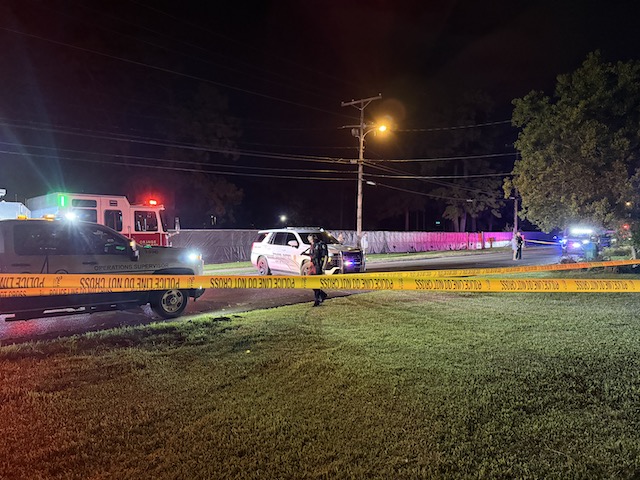Shining a light on Texas’ pile of debt — and shadowy bond votes
Published 11:03 pm Friday, September 23, 2016
By Kenric Ward
Watchdog.org
“Alarming levels” of local government debt are nudging Texas lawmakers to bring more transparency and accountability to bond elections.
Local debt outstanding topped $225 billion in fiscal 2015, according to the Texas Bond Review Board. That works out to $8,350 for every man, woman and child – the second highest behind New York among large states.
From 2000 to 2015, Texas city and county debt spiked by 162 percent, 2½ times faster than the rate of population and inflation.
“For many communities, soaring local government debt has meant an increase in taxation and a decrease in core services,” said James Quintero, director of the Center for Local Governance at the nonpartisan Texas Public Policy Foundation.
Much of the debt — which Quintero called “alarming” — has been piled on by taxpayers who vote for bond issue after bond issue.
“They fail to make the connection between new debt and new taxes,” Quintero told the House Elections Committee on Thursday.
Using opaque ballot language, incomplete disclosure and electoral gimmicks like “rolling polling,” local governments – including school districts – have turned an ostensibly democratic process into a rubber-stamping exercise in Texas.
Quintero cited McKinney Independent School District’s bond proposition last May. The measure before voters simply stated:
“The issuance of bonds in the amount of $220,000,000 for the construction, renovation, acquisition, and equipment of school buildings and the purchase of necessary sites for school buildings and the levying of the tax in payment thereof.”
“Nowhere in this short paragraph of legalese do you hear anything about the actual cost of the bond, the tax impact or any mention that $50 million will be spent on a new high school football stadium,” Quintero noted.
The 12,000-seat stadium would replace a 7,000-seat facility that’s seldom close to capacity.
The McKinney school bond, which passed with 62 percent of the vote in a low-turnout election, is typical of debt-loading schemes statewide, where the actual costs, including interest, are hidden from voters.
Quintero recommends three reforms to shine a brighter light on an otherwise shadowy process:
Informing voters at the ballot box. Beyond the current minimal disclosure requirements, all bond propositions would disclose:
- The estimated impact on the average homeowner.
- The total cost to repay the bond in full and on time.
Separate ballot propositions. Quintero says it is common practice to embed large-scale, single-item projects into larger bond proposals (as McKinney ISD did with its football stadium).
“The Legislature would do well to reform this practice so that major capital improvements above a certain cost threshold are put before the voters in a separate fashion. This will allow voters to better decide which items are in the community’s best interest instead of being forced to accept a ‘take it or leave it’ approach,” Quintero said.
End rolling polling. Schools and local governments strategically locate polling places during the early voting period to maximize prospects for passage, not necessarily to boost voter turnout.
“This practice is far too susceptible to abuse, allowing for local officials to target certain voting populations to achieve a predetermined outcome,” Quintero asserted.
Nine transparency bills were introduced in the 2015 Legislature, but none passed. More are expected in 2017.
Kenric Ward writes for the Texas Bureau of Watchdog.org. Contact him at kward@watchdog.org and follow him on Twitter @Kenricward.





